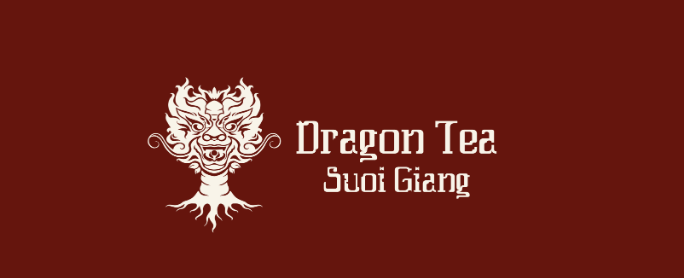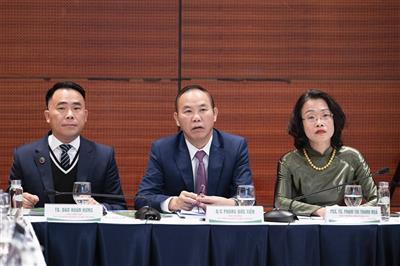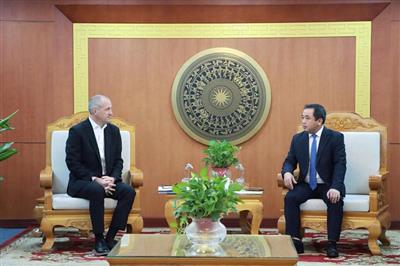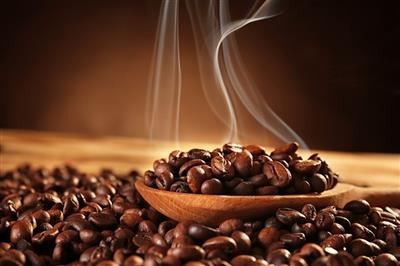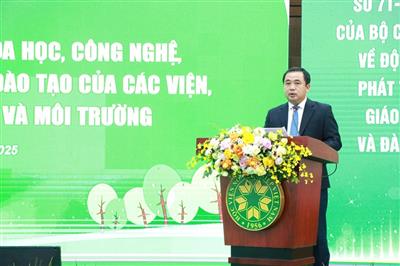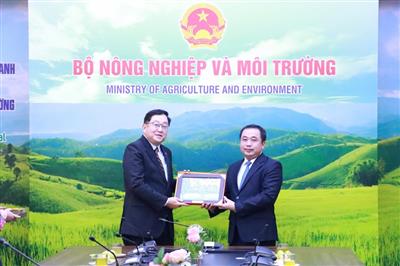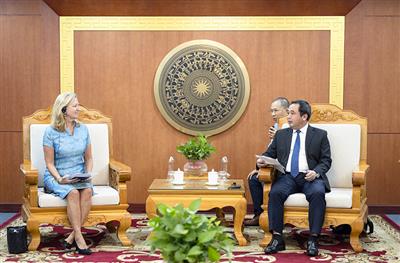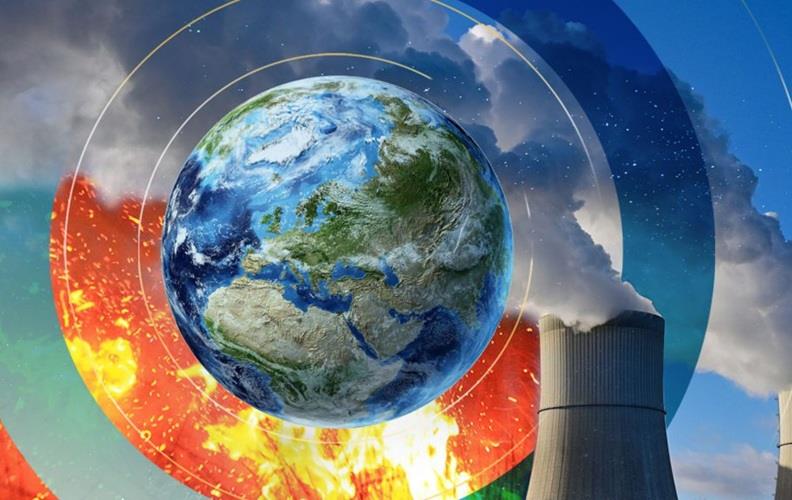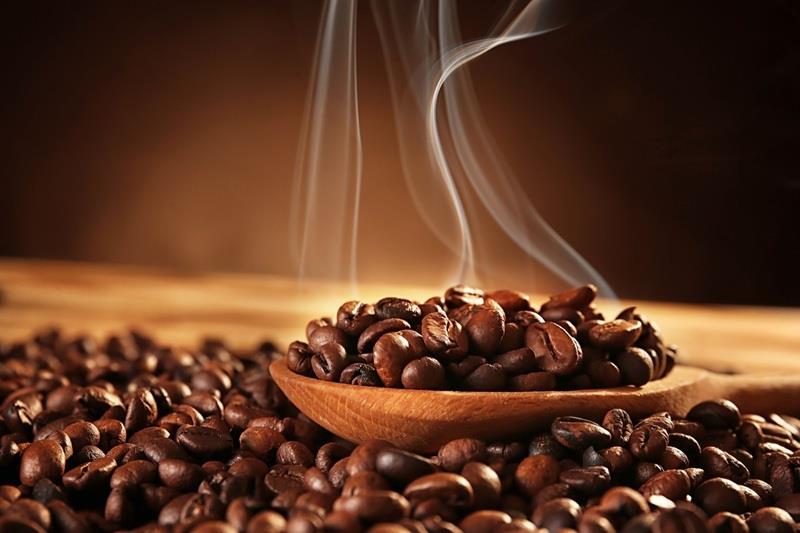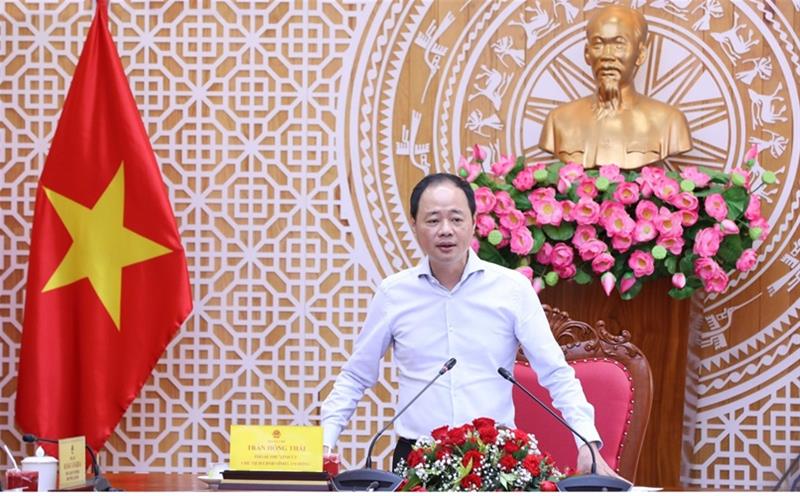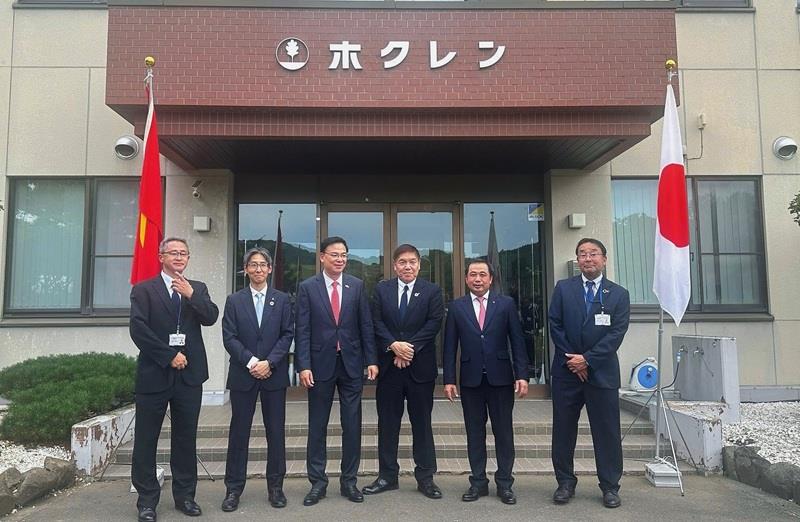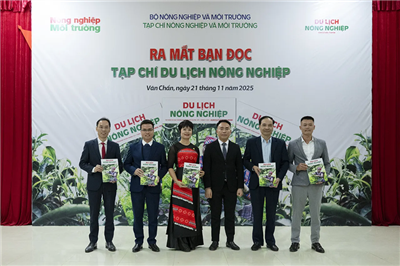
Current situation and proposed solutions to minimize environmental pollution from agricultural production in Hanoi
14/10/2025TN&MTIn Hanoi’s development context, agriculture remains a foundational sector, ensuring food security and providing livelihoods for millions of suburban workers. However, alongside rapid urbanization, agricultural production has created many challenges in environmental protection in rural areas of Hanoi. Researchers Dinh Thi Hai Van and Nguyen Thanh Lam (Faculty of Natural Resources and Environment, Vietnam Academy of Agriculture) conducted a study to analyze the current situation of environmental pollution caused by agricultural production and propose solutions to reduce it.
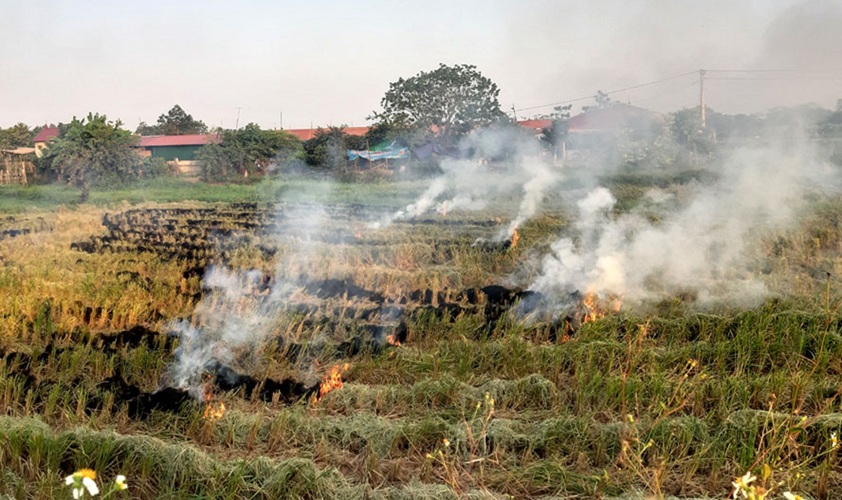
Agricultural production activities in Hanoi have caused water, air, soil, and noise pollution due to uncontrolled use of agrochemicals, ineffective livestock waste management, and limited public awareness, leading to health issues, reduced quality of life, and negative impacts on tourism development
Environmental pollution: Consequences of unsustainable agricultural production
In recent years, agriculture has contributed to Hanoi’s economic growth. Specifically, in 2024, Hanoi’s agricultural and forestry exports reached USD 2.024 billion, of which food products accounted for approximately USD 1.5 billion, representing a 33.8% increase compared to 2023.
Agricultural activities in Hanoi that affect the environment include crop production, livestock farming, and aquaculture. According to the research group, these activities have caused multiple forms of environmental pollution in the city, including:
Water pollution is the most prominent issue. Excessive use of fertilizers and plant protection chemicals leads to residues being washed into rivers, lakes, and irrigation canals. Wastewater from livestock, largely untreated, is a major pollution source: about 80% of livestock households in Hanoi lack centralized wastewater treatment systems, while over 70% of agricultural wastewater samples contain nitrogen and phosphorus exceeding regulatory limits. In concentrated aquaculture areas, eutrophication is widespread, with 75.3% of N-NO₂⁻, 62.6% of BOD₅, and 67.2% of COD values exceeding permissible limits (Hanoi Department of Natural Resources and Environment, 2024).
Air pollution mainly originates from straw burning and livestock emissions. Hanoi generates an estimated 900,000 tons of crop residues annually, of which 400,000 tons of straw are burned, releasing tens of thousands of tons of CO₂ and fine particulate matter (PM₂.₅). NH₃ and CH₄ emissions from livestock farms account for approximately 12% of total agricultural greenhouse gas emissions, contributing to deteriorating air quality, which frequently reaches “unhealthy” levels according to the AQI.
Soil pollution occurs due to the overuse of chemical fertilizers and plant protection chemicals. Around 35% of agricultural land in Hanoi shows signs of degradation; in specialized vegetable and flower zones such as Tây Tựu, chemical residues exceed safe limits by 1.5–3 times. Accumulated heavy metals and toxins not only reduce crop yields but can also enter the food chain, posing risks to human health.
Noise pollution, often overlooked, is also emerging in suburban areas. Noise from tractors, harvesters, drying fans, and agricultural transport occurs continuously, especially during harvest seasons, affecting residents’ daily life and mental health.
Solid waste from agricultural production includes crop residues, livestock waste, and packaging from plant protection chemicals. According to the Ministry of Agriculture and Rural Development (2020), Hanoi produces over 2.5 million tons of livestock waste per year from large animals, and over 600,000 tons from poultry. According to Hanoi Department of Agriculture and Rural Development reports, in 2019, pesticide packaging collected totaled 137.32 tons, of which 88.073 tons were treated and 49.983 tons remained untreated. In the first half of 2020, 113.571 tons were collected, with 29.983 tons treated and 83.588 tons untreated. These wastes have caused environmental pollution and urban aesthetic issues, especially hazardous waste such as pesticide packaging.
These types of pollution indicate a concerning reality: although Hanoi’s agriculture contributes positively to the economy, it increasingly pressures the living environment of rural communities.
Impacts of environmental pollution from agricultural production
Environmental pollution from agricultural activities affects soil, water, air, public health, and socio-economic development.
Soil pollution caused by overuse of chemical fertilizers, pesticides, and plant protection chemicals reduces soil quality. Excessive chemical use leads to toxic accumulation, loss of fertility, and destruction of beneficial microorganisms. Polluted soil reduces crop productivity and causes severe soil degradation and erosion. In addition, improperly collected plastic packaging from agrochemicals leaves residual plastics in the soil, affecting long-term ecosystem health.
Water pollution results from crop and livestock wastewater containing organic matter, pathogens, and toxic chemicals. Untreated discharge into ponds, rivers, and lakes pollutes drinking water and harms aquatic ecosystems. Excess nitrates and phosphates from fertilizers cause eutrophication, algal overgrowth, oxygen depletion, and fish mortality. In many suburban areas of Hanoi, water pollution from agricultural waste has become increasingly alarming.
Air pollution is primarily caused by post-harvest straw burning, producing large amounts of smoke, CO₂, and fine particulate matter (PM₂.₅), seriously affecting air quality and human health. Large-scale livestock farming also releases substantial methane (CH₄) and ammonia (NH₃), causing odors and further deteriorating surrounding air quality.
Noise pollution arises from agricultural machinery, farm ventilation systems, and transport vehicles, generating continuous noise that affects residents’ daily life. Prolonged exposure can cause stress, insomnia, and reduced productivity.
Public health impacts include:
- Respiratory diseases due to prolonged exposure to smoke and toxic gases from agricultural waste burning, particularly PM₂.₅, leading to bronchitis, asthma, and chronic obstructive pulmonary disease (COPD).
- Food poisoning from pesticide and chemical residues in fruits and vegetables exceeding safe limits, affecting digestive and nervous systems and potentially causing chronic diseases, including cancer.
- Infectious diseases from livestock, such as avian influenza, foot-and-mouth disease, E. coli, and Salmonella, originating from inadequately treated livestock wastewater, which spreads pathogens into drinking water sources.
Socio-economic impacts manifest in three main areas:
- Reduced productivity and quality of agricultural products: polluted soil and water limit crop growth, forcing farmers to increase chemical inputs, resulting in waste and higher production costs.
- Reduced quality of life: suburban residents suffer from odors, fine dust, and noise, causing psychological stress, insomnia, and declining health.
- Impact on agritourism development: areas such as Ba Vi and Soc Son, oriented toward eco-tourism, face potential attractiveness loss due to water and air pollution.
Thus, environmental pollution from agriculture is no longer a local issue but a systemic challenge for sustainable agricultural development in Hanoi.
Causes of environmental pollution from agricultural production
The study identifies multiple intertwined causes, with human factors as the primary driver:
Increasing production pressure and agricultural expansion: Rapid population growth and high demand for food have driven expansion of crop and livestock areas, creating significant pressure on soil, water, and air. Land conversion from agriculture to urban or industrial use has reduced production land, forcing intensive cultivation and chemical overuse, leading to resource degradation and pollution.
Overuse of agrochemicals and insufficient input control: This is considered the most serious cause. Annually, Hanoi uses around 250,000 tons of chemical fertilizers and 2,500 tons of pesticides, of which 75% are chemical pesticides. Typical application rates include: Rice: 300 kg fertilizer/ha, 5–7 kg pesticide/ha; Vegetables: 500 kg fertilizer/ha, 10–12 kg pesticide/ha; Fruit trees: 400 kg fertilizer/ha, 8–10 kg pesticide/ha.
Over-application, especially near harvest, leads to residue accumulation in soil and water, directly affecting product quality and human health. Pesticide packaging collection is limited; in 2020, only 113.5 tons were collected, nearly 74% untreated.
Weak waste management and incomplete infrastructure: With over 3.1 million tons of livestock waste per year, plus more than 900,000 tons of straw and crop residues, Hanoi faces enormous waste volumes without centralized treatment. Many small-scale farms discharge wastewater directly, and biogas systems often operate below technical standards. Rural agricultural waste collection is fragmented, under-invested, and poorly managed.
Limited public awareness and traditional practices: Many producers do not fully recognize the impact of pollution or lack the capacity to change cultivation methods. Practices like “over-fertilization to increase yield” and “burning straw to clear fields quickly” remain common.
Gaps in rural environmental management and policies: Inspection and monitoring of agricultural environmental management remain irregular, with weak enforcement. Supportive policies for clean or organic agriculture are mostly incentive-based and not fully implemented. Coordination among authorities, enterprises, and farmers is weak, preventing the scaling of waste treatment and crop residue recycling models.
Natural disasters and climate change: Natural factors exacerbate pollution. For example, Typhoon Yagi (2024) flooded thousands of hectares of rice and crops, killed livestock, and generated large volumes of waste, causing secondary pollution. This highlights the limited resilience of Hanoi’s agricultural system to extreme weather events.
Proposed solutions to reduce environmental pollution
To mitigate environmental pollution from agricultural production in Hanoi, the study recommends:
Encourage organic agriculture and clean production technologies, reduce chemical fertilizers and pesticides, and increase biological input use. Promote sustainable agriculture models, including organic vegetable production with microbial fertilizers, and support ecological demonstration fields.
Apply high technology in livestock farming: Use composite or HDPE biogas digesters and manure compacting machines, generating biogas for household energy and vermiculture feed. Introduce EM microbial products in environmental treatment and bedding, reducing 80–90% of livestock odor and enhancing animal disease resistance.
Apply high technology in aquaculture for sustainable, efficient production, improving yield and product quality while conserving water and protecting the ecosystem, in compliance with VietGAP standards.
Develop high-tech agricultural production models with modern machinery, enhancing economic efficiency and suitability for Hanoi’s context.
Manage agricultural waste effectively: Build systems to treat crop residues, livestock waste, and agricultural wastewater. Encourage recycling, such as composting residues (straw, husks, bagasse) and animal manure into organic fertilizers. Apply biotechnology in wastewater treatment and energy production from waste (biogas), reducing greenhouse gas emissions and generating clean energy. Use microbial agents to improve the calorific value of biomass before pelletization. These approaches reduce environmental pollution while creating renewable resources and economic benefits.
Enhance education and awareness: Organize training and workshops on green agricultural practices and environmental protection. Develop community education programs on safe agrochemical use and health protection.
Implement sustainable agricultural management systems: Build environmental monitoring systems in production areas, support farmers in transitioning to sustainable practices, and minimize negative environmental impacts.
Strengthen rural environmental governance: Improve legal frameworks, enforce environmental regulations, encourage clean and organic agriculture, and enhance inspection of agrochemical use and waste treatment.
Strengthen inspection, monitoring and enforcement: intensify inspection and regular monitoring of agrochemical use and agricultural waste treatment; impose stricter sanctions and compliance audits to ensure proper handling, safe application of pesticides and fertilizers, and adequate treatment of livestock and processing effluents.
Increase farmers’ income through circular economy practices: Convert residues into fertilizers or bioenergy, reducing resource waste, increasing product value, and optimizing production efficiency.
The authors conclude that these measures will protect the environment, promote a circular economy, reduce resource waste, and move toward sustainable agricultural production. Their success requires coordination between managers, enterprises, and local communities, supported by enabling policies.
Recommendations
The research team recommends that local government support investment in high-tech agricultural projects, promote e-commerce applications, and complete the national traceability system to encourage clean production practices.
Hanoi should also attract investment, enabling capable enterprises to develop high-tech agricultural production and service infrastructure. Encourage investment in processing plants and organic-oriented high-tech production for sustainable, environmentally friendly agriculture.
Strengthen regional linkage programs, foster cooperative relationships, and develop socio-economic connections nationwide, gradually implementing the principle “Hanoi with the country, the country with Hanoi” to support enterprises in connecting supply and demand and distributing products to meet urban consumption needs.
Ngoc Huyen
Source: Proceedings of the 2nd National Scientific Conference on “Agricultural and Rural Environment and Sustainable Development"

